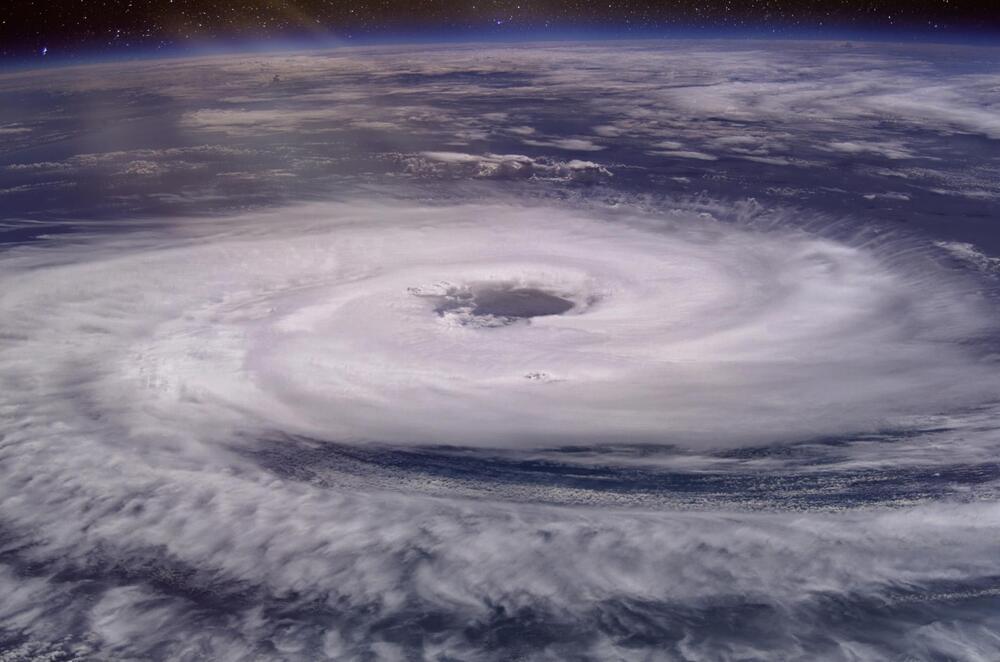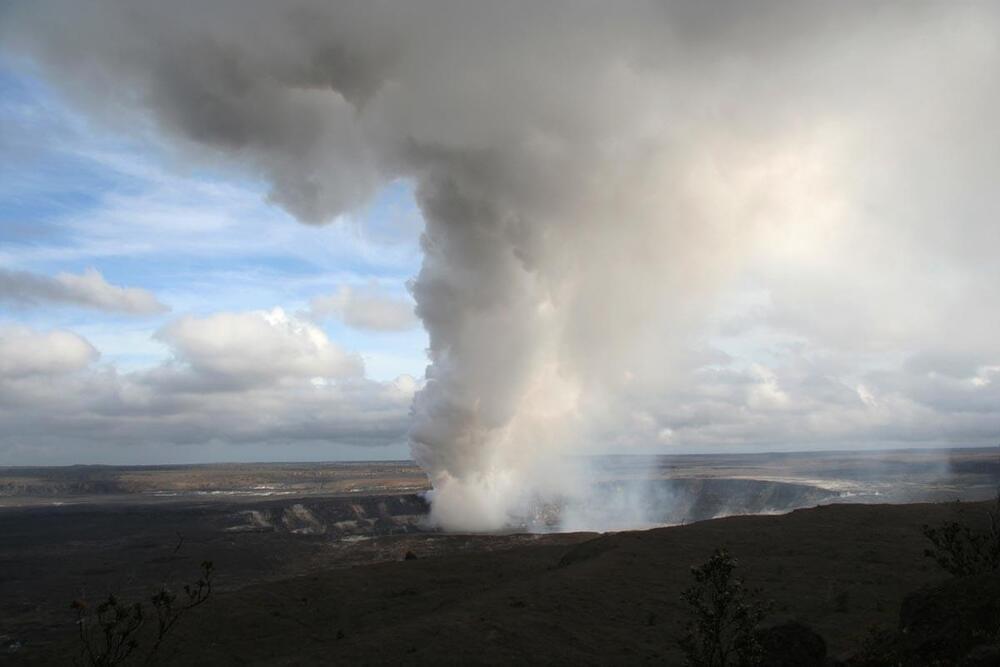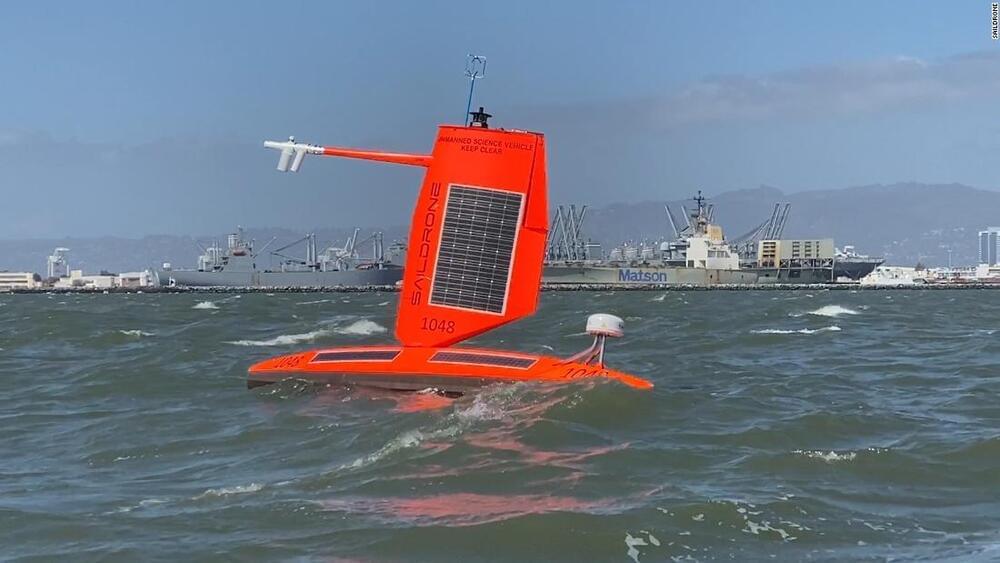Sep 18, 2021
First Recorded Hurricane From Space Pushes Plasma Toward Earth’s Upper Atmosphere
Posted by Genevieve Klien in categories: climatology, satellites
Researchers recently found that a few years back, they “slept” through a hurricane. On analyzing weather satellite data from 2,014 scientists discovered evidence of a hurricane from space that pushed plasma toward Earth’s upper atmosphere. Though these events are invisible to the eye, the evidence reveals that they’re not uncommon. Understanding more about them could help to protect satellite and communications systems from disturbance and preserve radar and GPS output for life below on the planet’s surface.
Satellites in orbit around the planet gather immense amounts of data on environmental and climate activity. A recent publication in Nature Communications explains how the first hurricane from space was discovered through analysis of data gathered back in August 2014.
The research team looked at recently released files containing measurements taken by four satellites in the Defense Meteorological Satellite Program. From their analysis, the scientists created a 3D image that showed the hurricane from space forming features similar to what we’re familiar with in Earth’s lower atmosphere. A press release in Science Daily describes it as a gigantic spiral of plasma, with its arms swirling counterclockwise above the North Pole.


















